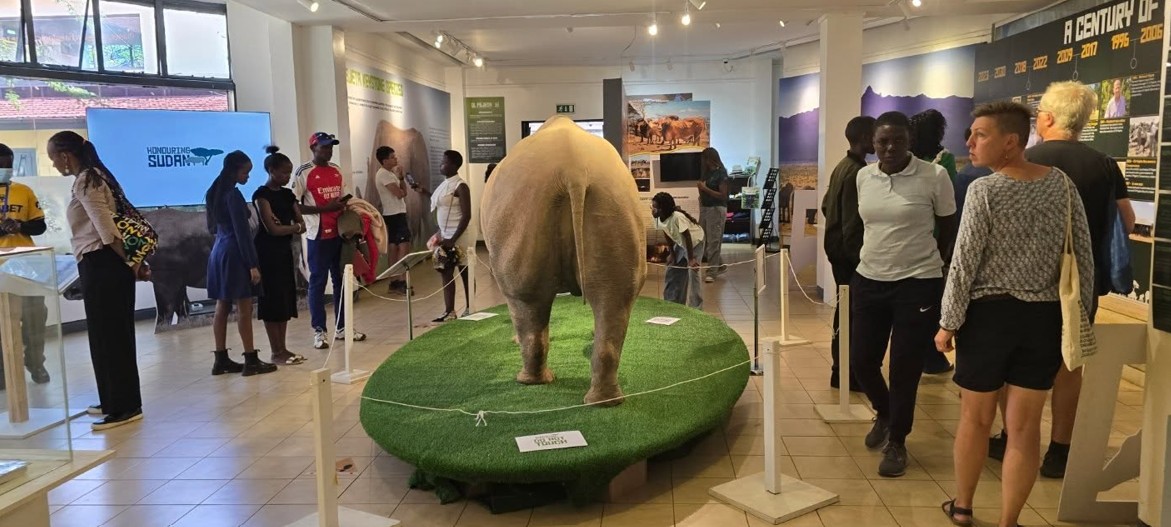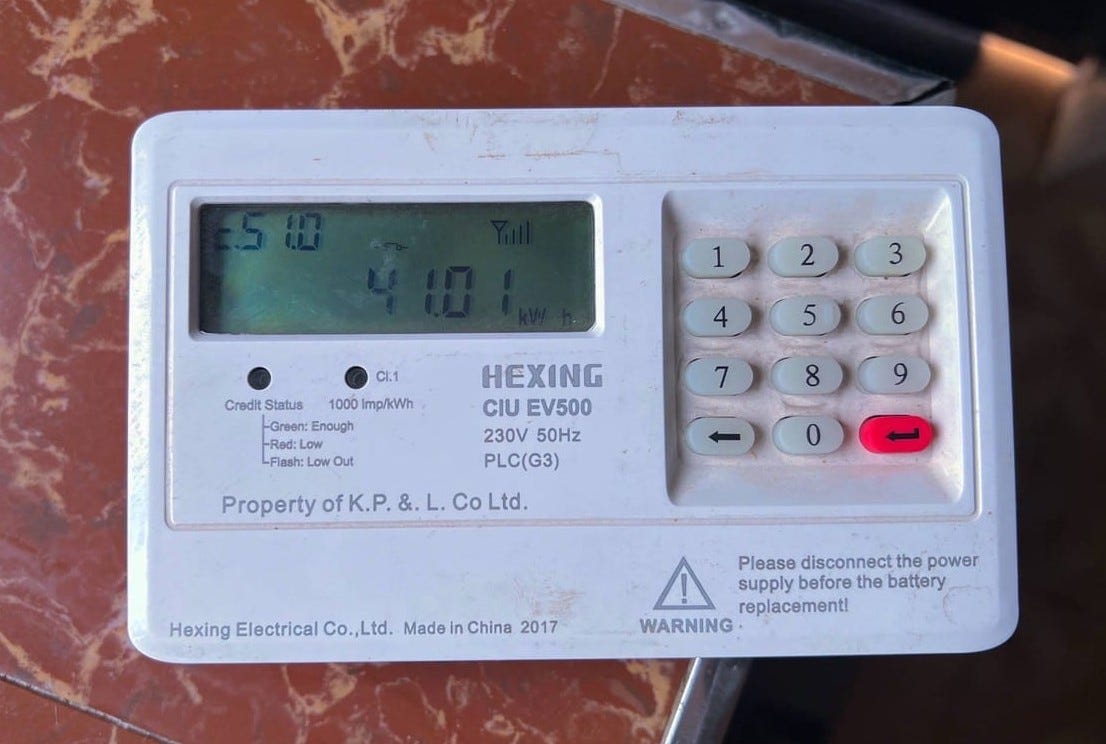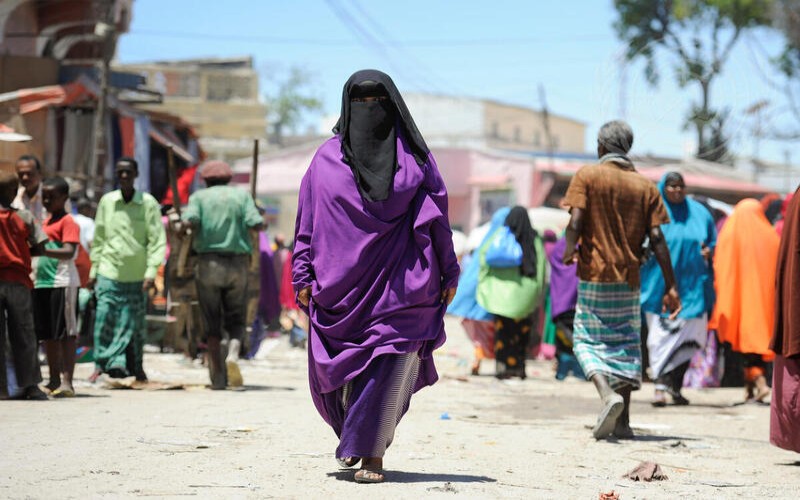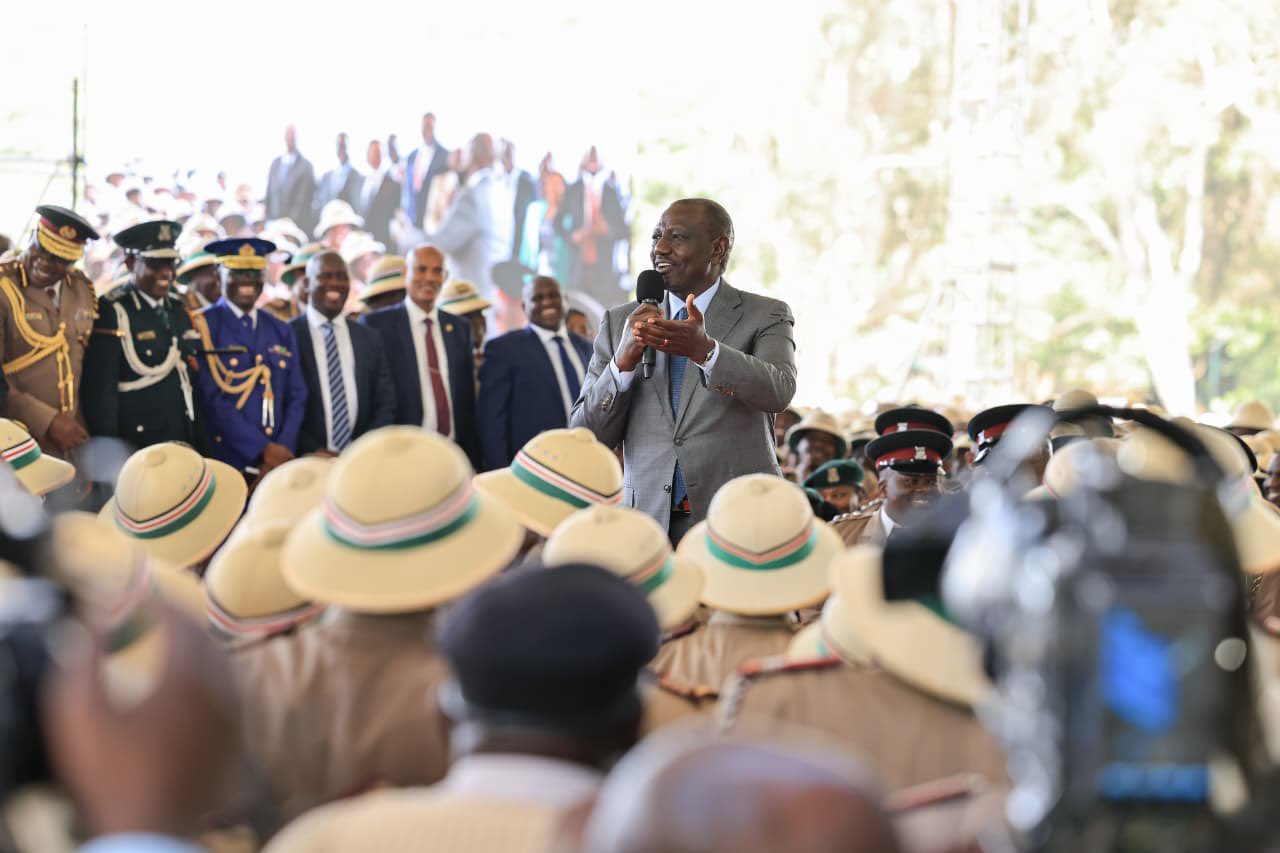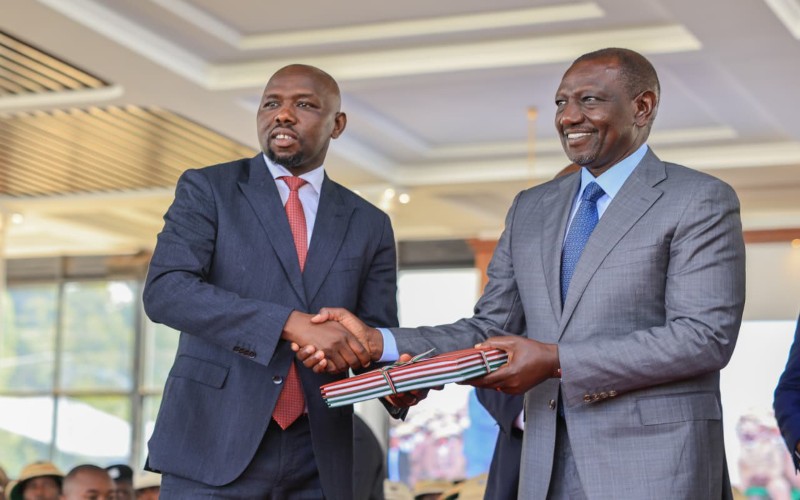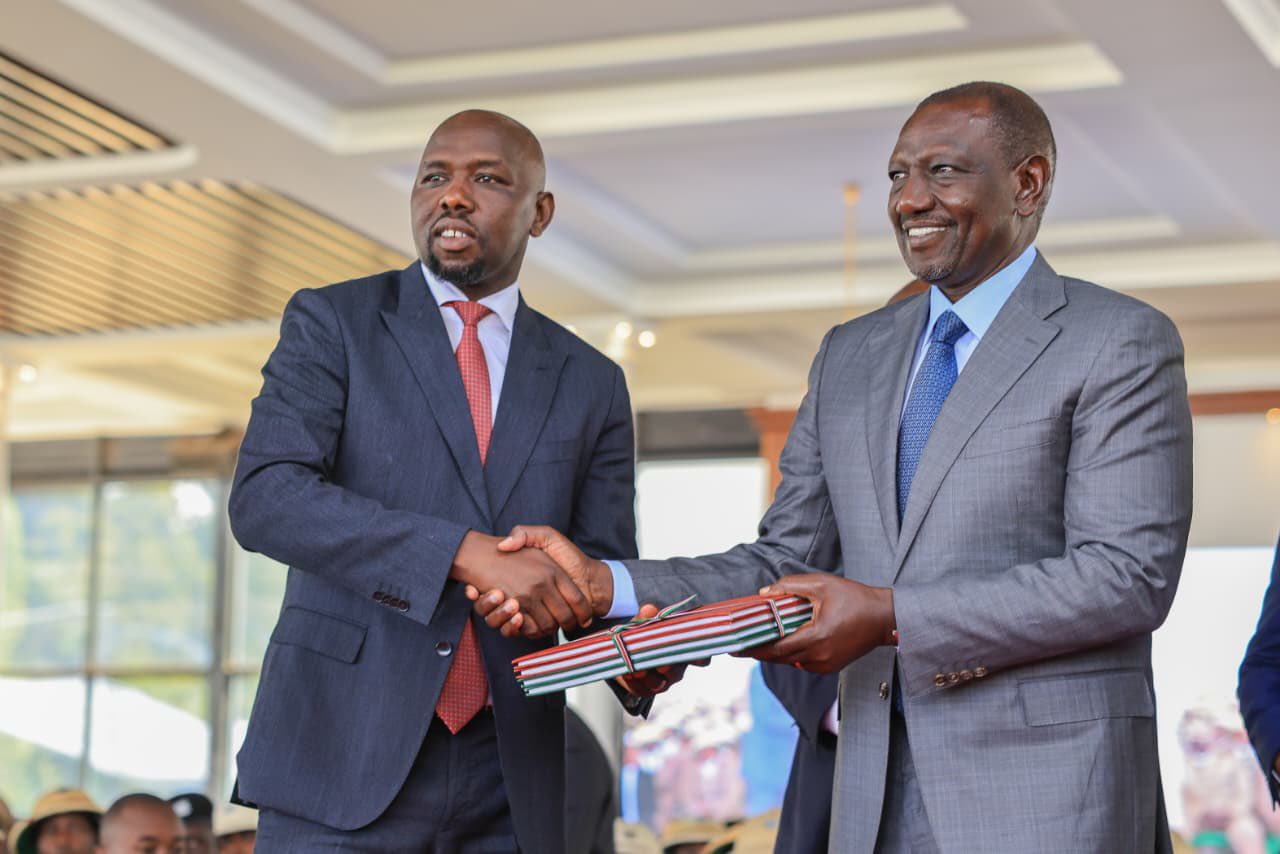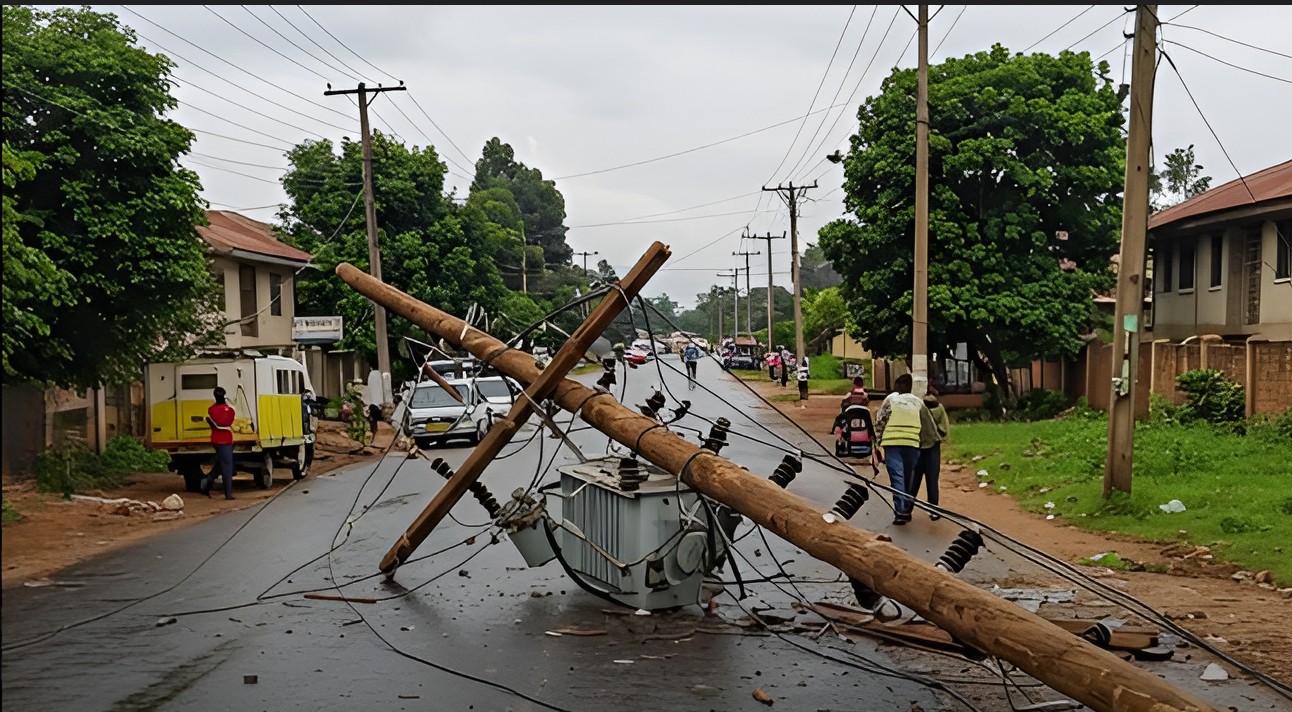Mama Ida Odinga reflects on 52-years of marriage with Raila Odinga at State Funeral
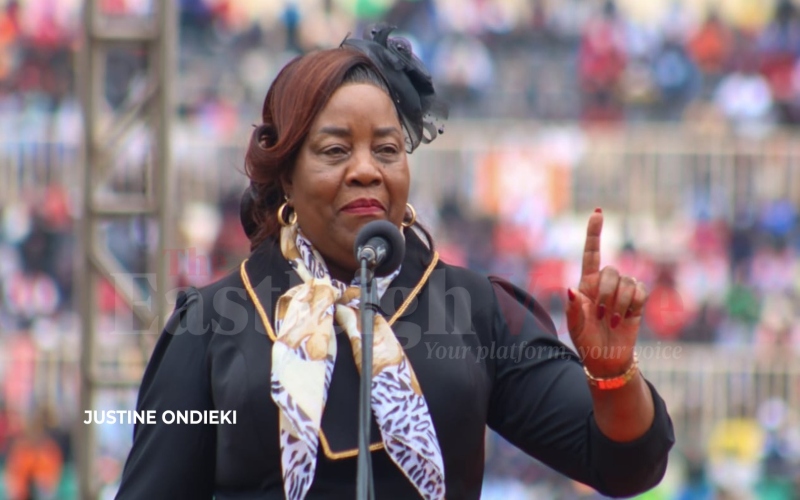
Addressing a sombre crowd at Nyayo Stadium on Friday, Mama Ida recounted meeting Raila in the early 1970s and marrying him in 1973, beginning a partnership that would endure political detentions, exile, and years of struggle for Kenya’s democracy.
During the State Funeral Service for the late former Prime Minister Raila Amolo Odinga, his widow, Mama Ida Odinga, delivered a heartfelt tribute highlighting the 52 years she shared with her husband and offering a message for future generations.
Addressing a sombre crowd at Nyayo Stadium on Friday, Mama Ida recounted meeting Raila in the early 1970s and marrying him in 1973, beginning a partnership that would endure political detentions, exile, and years of struggle for Kenya’s democracy.
More To Read
- Saboti MP Caleb Amisi warns ODM may not survive 2027 after by-election struggles
- Raila Odinga's sister Beryl Achieng dies
- Why fight over ODM threatens party’s future, Odinga dynasty - analysts
- Oburu Oginga declares firm grip on ODM, promises to lead in Raila’s footsteps
- Why ODM should convene NDC meeting over broad-based pact with Ruto- Winnie Odinga
- ODM at 20: Babu Owino warns of mass action over cost of living, questions new appointments
“We got married in 1973 and lived with this man for 52 years,” she said. “Many people here in this stadium could easily have been our children. No wonder you called him Baba. The name didn’t come from nowhere but from the experience and relationship we had with so many people.”
She added that their marriage had stood the test of time through political persecution and Raila’s defiance of successive governments.
Mama Ida recalled how they named their four children after heroes who embodied values they admired.
She shared how their firstborn was named Fidel Castro Odhiambo Odinga, after the revolutionary leader whom Raila deeply respected.
Their daughter, Rosemary, bore a combination of their mothers’ names, Rose and Mary. Their third child, Raila Junior, was named after Raila’s cousin and best friend.
For their youngest, she said, inspiration came from the moment Nelson Mandela walked free from prison — they agreed to name the child Nelson if it was a boy, or Winnie if it was a girl.
“There’s nothing wrong with giving names of people we think are heroes,” Mama Ida urged, emphasising that names can be a source of guidance and inspiration for children.
The passing of Raila has reverberated across Kenya, sparking an unprecedented outpouring of grief.
Across Nairobi and other parts of the country, people are visibly mourning by placing green twigs on vehicles, matatus, and motorcycles. In Luo culture, these twigs, known as okumba, serve as both a public expression of sorrow and a gesture of solidarity with the bereaved family.
In the Luo tradition, green twigs are powerful symbols of death and remembrance. They are used to signal mourning, where tying or waving the twigs shows that a household or community is grieving.
They also serve cleansing and protective purposes; in some rituals, twigs are used to symbolically sweep away the shadow of death or to protect the living from spiritual harm.
Carrying twigs can also honour the departed — a way of walking with the spirit of the deceased, acknowledging their presence even in death. The waving or displaying of green branches is therefore a deeply rooted and enduring cultural expression of communal mourning.
Top Stories Today
